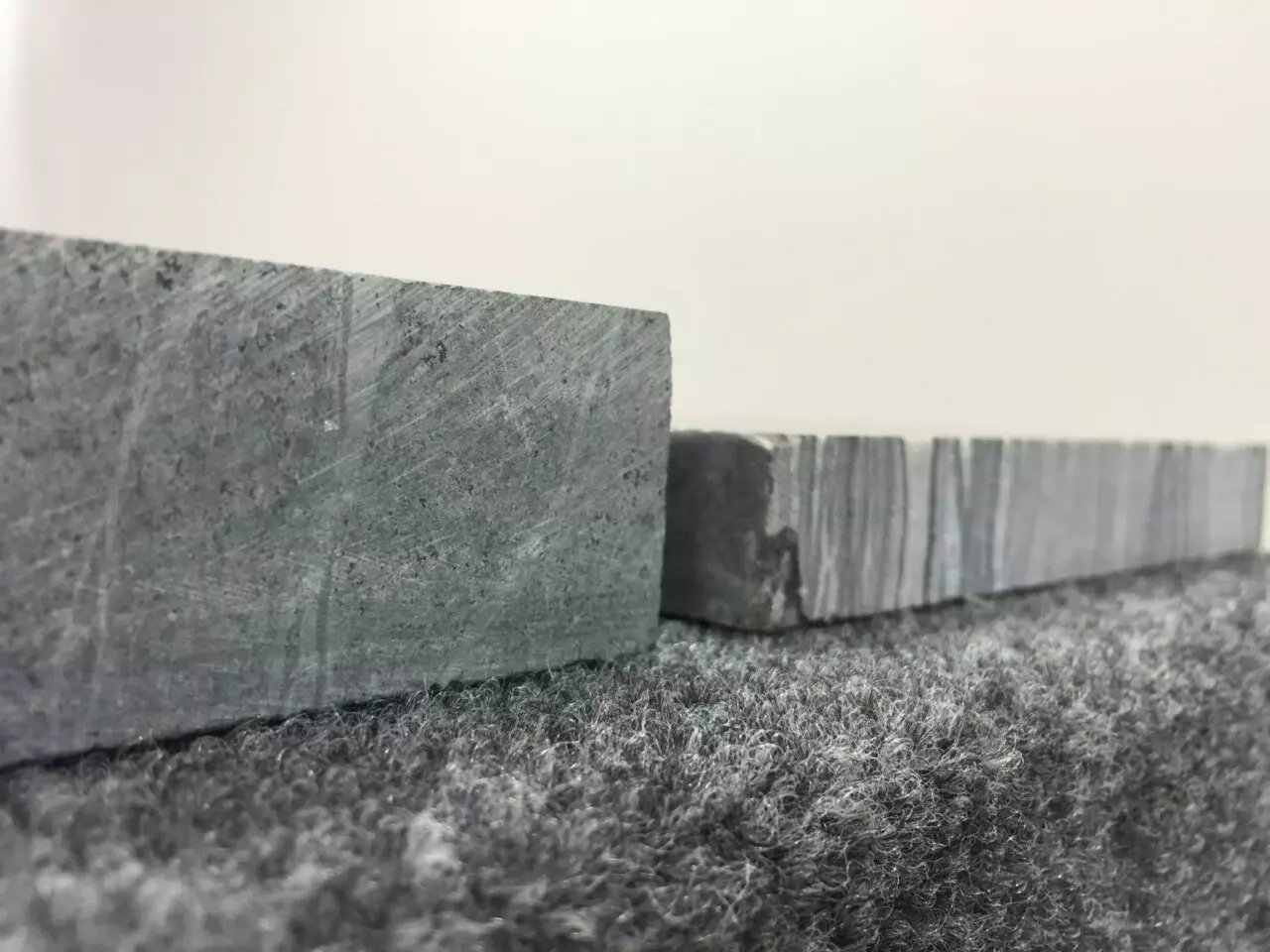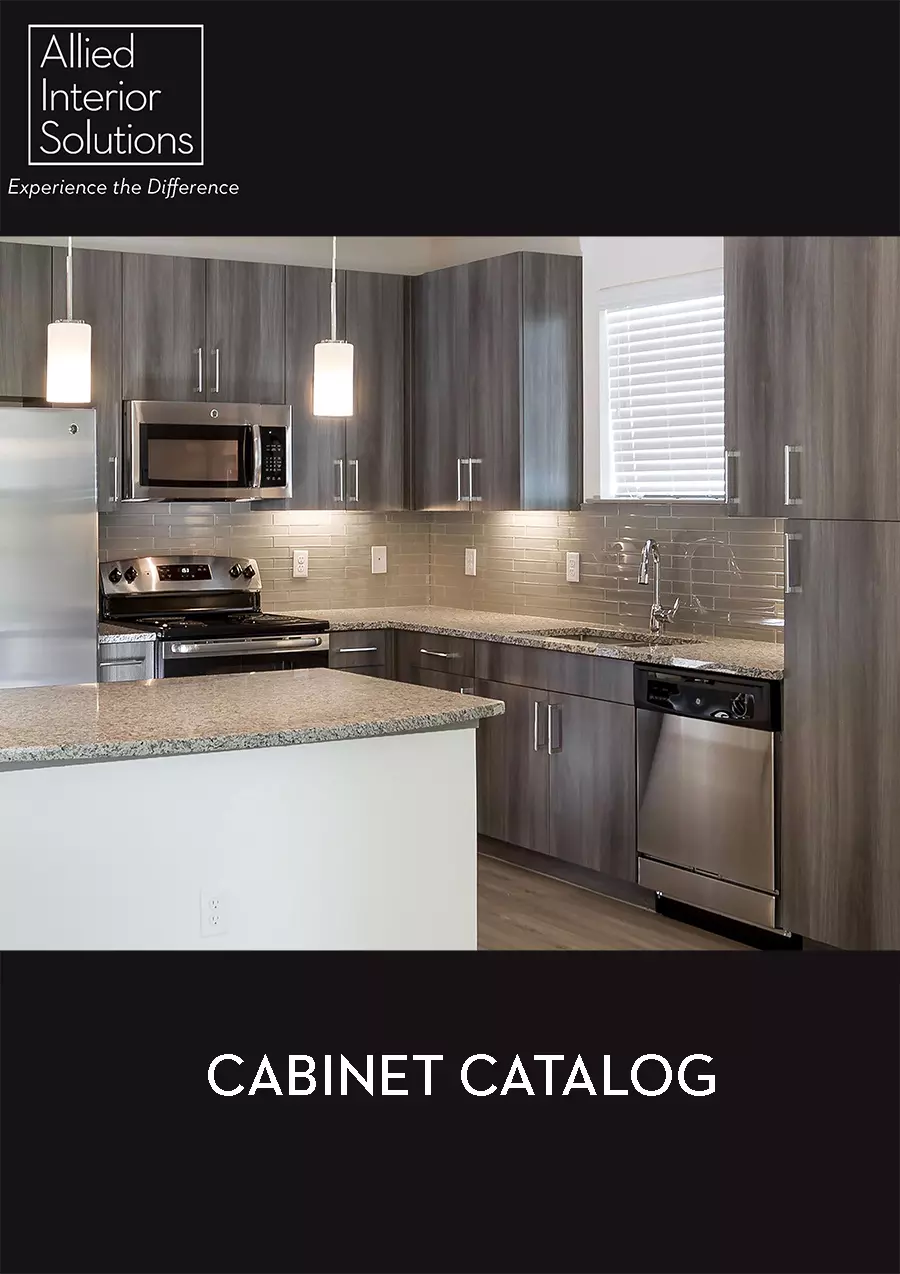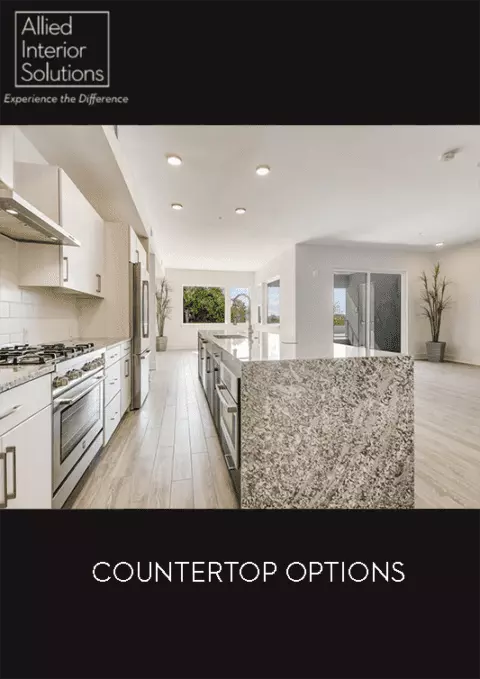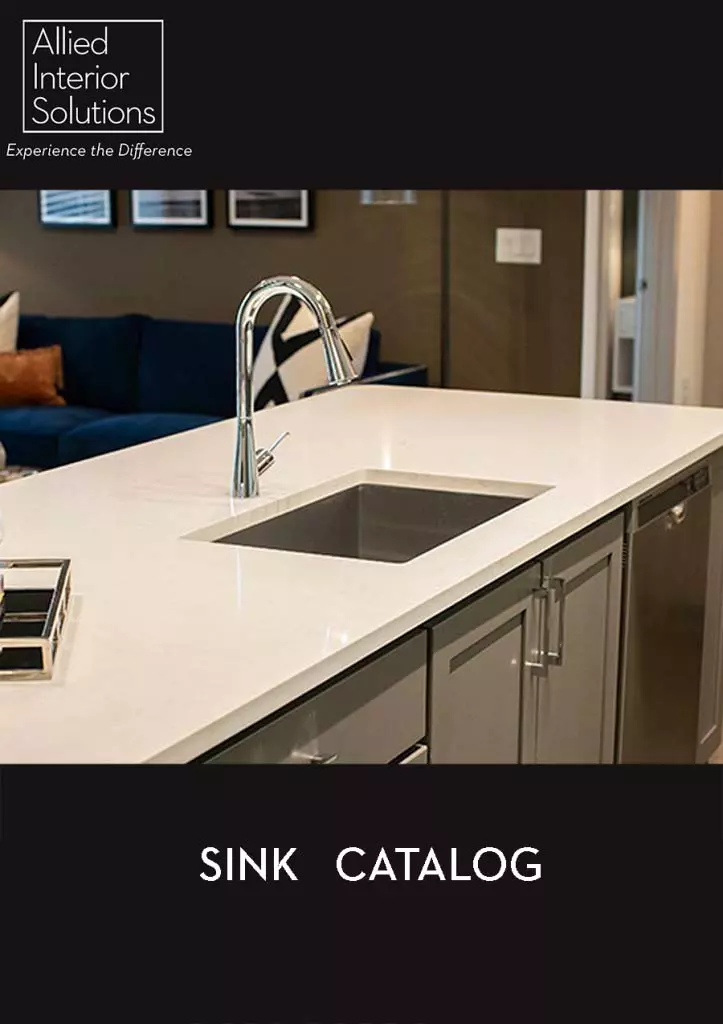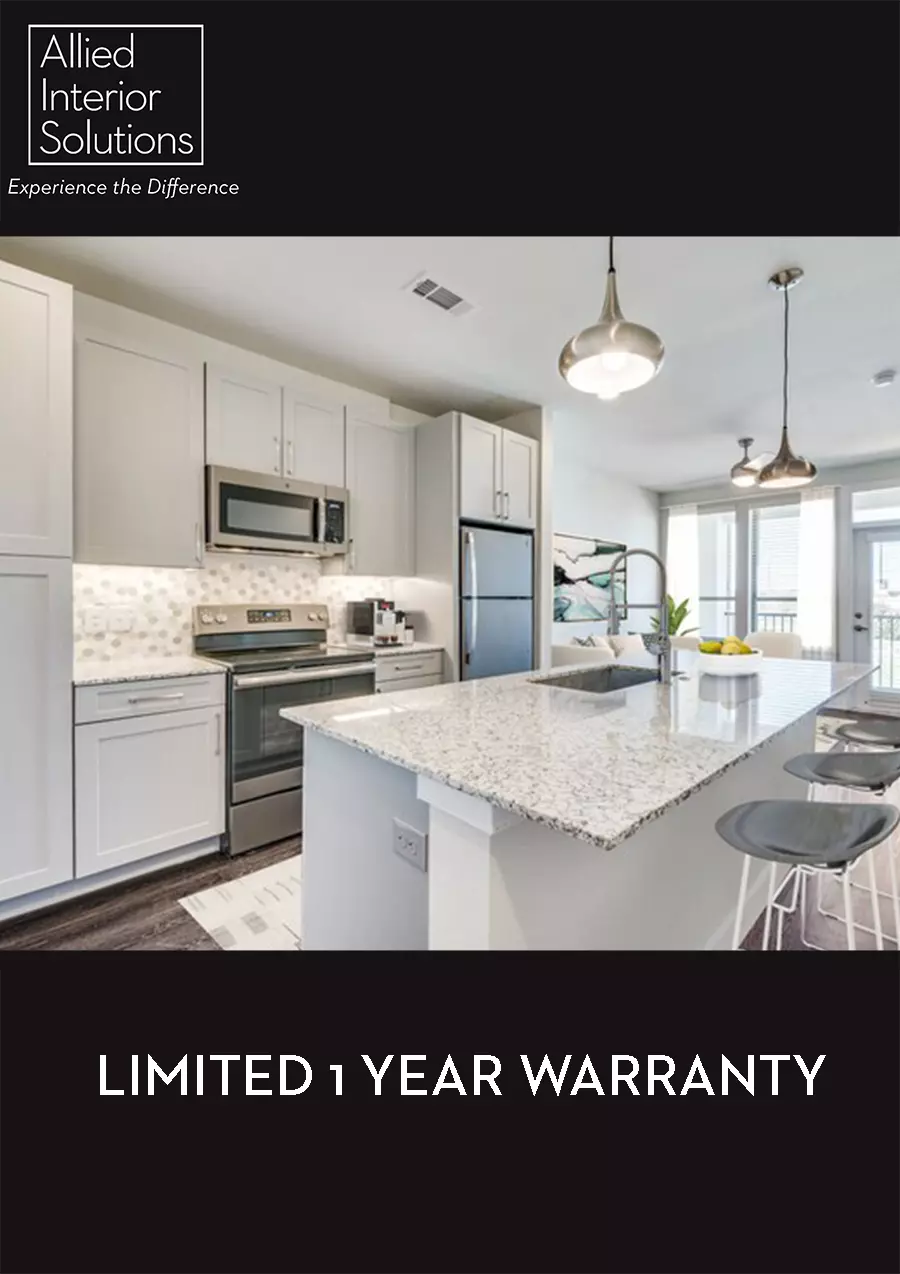
BASE CABINET
- 5/8″ stretcher
- 5/8″ nailer
- 5/8″ drawer box with 1/4″ bottom
- Epoxy Drawer Guides (available to upgrade to under-mount soft close drawer guides)
- 5/8″ thick adjustable shelf
- Hinge mount base plate
- 1/8″ back panel
- 5/8″ bottom
- 5/8″ end panel
- 5/8″ toe-kick
- Soft Close Hinges
- 3/4″ door
- 3/4″ drawer front
Granite
Granite is one of the most abundant natural stones on the planet. It is an excellent choice for kitchen countertops, backsplash, and other heavily used surfaces because of its hardness, low absorption rates, and resistance to high temperatures. Ranking a 7 on the Mohs scale of hardness, granite can withstand high levels of abrasion and scratching. With that, it performs remarkably well in both indoor and outdoor settings.
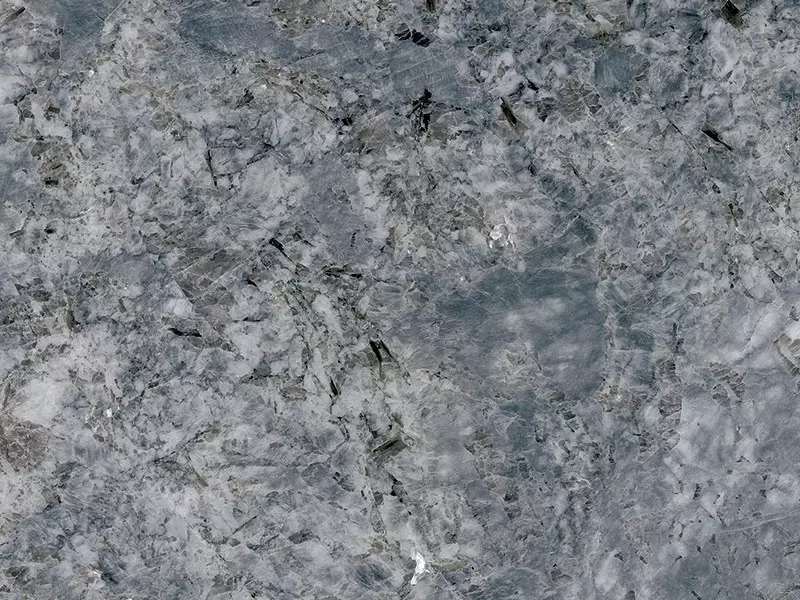
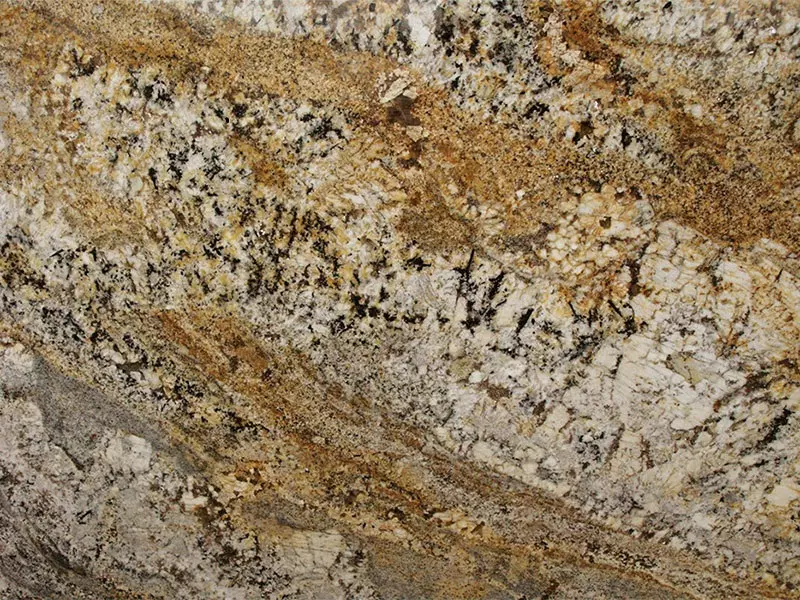
Granite: Advantages / Disadvantage
Advantages
1. Very Durable
2. Resist to heat
3. They resist stain
Disadvantages
1. They can be porous
2. They are prone to cracking
3. They are cold to lean on
4. Cost is higher
Engineered Quartz
Commonly known by popular brand names like Maestro Quartz, Caesarstone, Silestone, and Cambria, engineered quartz products are a rapidly growing segment of the countertop market. The material is manufactured primarily of quartz aggregates, color pigments and polymer resins blended perfectly to create an extremely durable product. Quartz is non-porous, scratch-resistant, and highly resistant to stains making it ideal for interior applications


Engineered Quartz
Advantages
1. The durability of engineered quartz is unmatched. Because engineered quartz is blended with synthetic resins that are insoluble in water, your countertops are less likely to chip or crack, unlike even the hardest natural stone.
2. It’s nonporous and resistant to bacteria growth
3. It’s nonporous and resistant to bacteria growth
4. The color palette available with engineered quartz is vast
Disadvantages
1. Sometimes Lacks the same variation in pattern and veining
2. Seams are sometimes visible
3. Is not heat-resistant as stone
4. Sensitive to certain chemicals common in household cleaners
4. Not recommended for outdoor use
Porcelain
Porcelain countertops are made from non-porous ceramic clay that contains various minerals, such as kaolinite and silica. This countertop material should outperform any natural stone or engineered product with its ability to resist scratching, extreme heat, liquids, and UV light. Unbelievably easy to maintain, it is quickly becoming a popular choice within the industry.
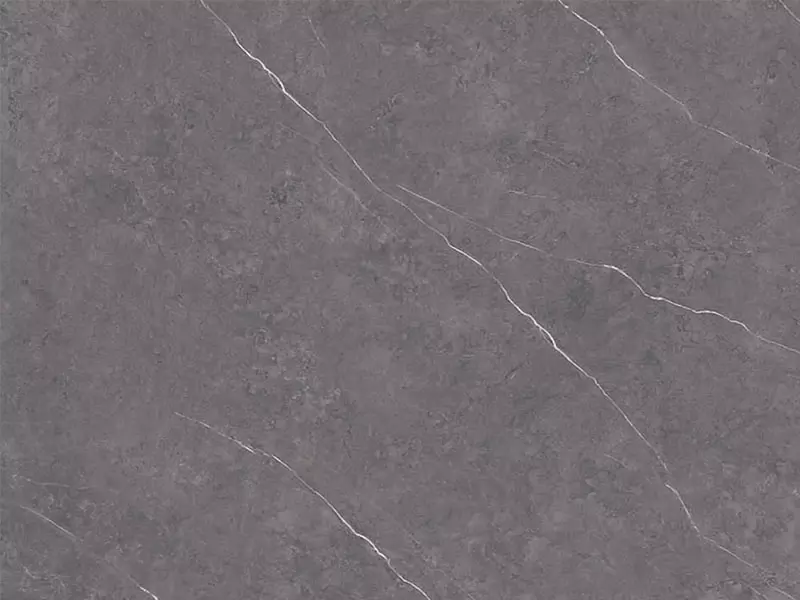
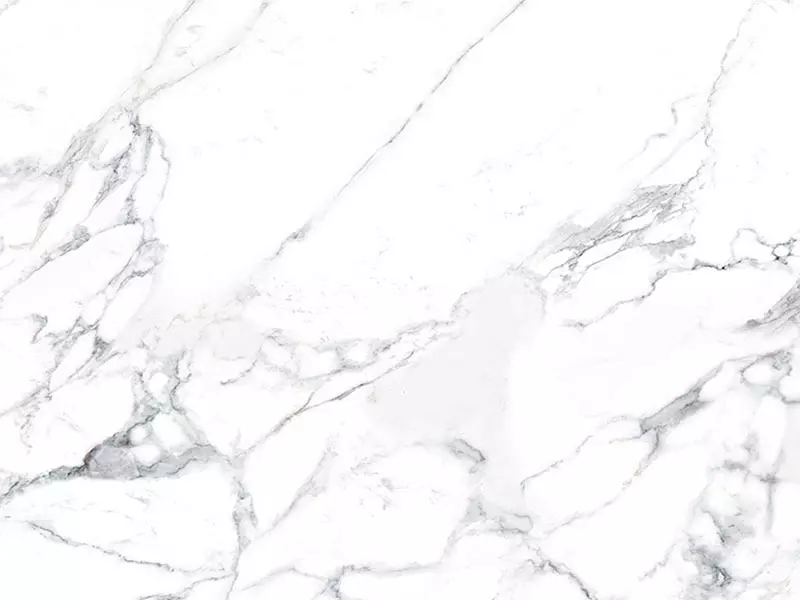
Porcelain Advantages / Disadvantages
Advantages
1. Heat Endurance
2. Durability and Hardness
3. Low Water Absorption
4. Easy Maintenance
5. UV Light Resistance
6. Colours and Patterns
7. Size and Thickness
Disadvantages
1. Easy to Crack
2. Edge Styles
3. The Cost
The countertop edge will enhance the style of any project by adding architectural detail to the kitchen or bathroom. Standard profiles such as the “Double Eased” and “Bullnose” are timeless choices that will coordinate with most styles. More decorative profiles such as “Ogee” gives a refined look perfect for classic or traditional spaces. Whereas the “Miter” edges reflect a modern style. Allied Interior Solutions has a highly skilled team of fabricators and state-of-the-art machinery that can customize your project. Experience the Difference.
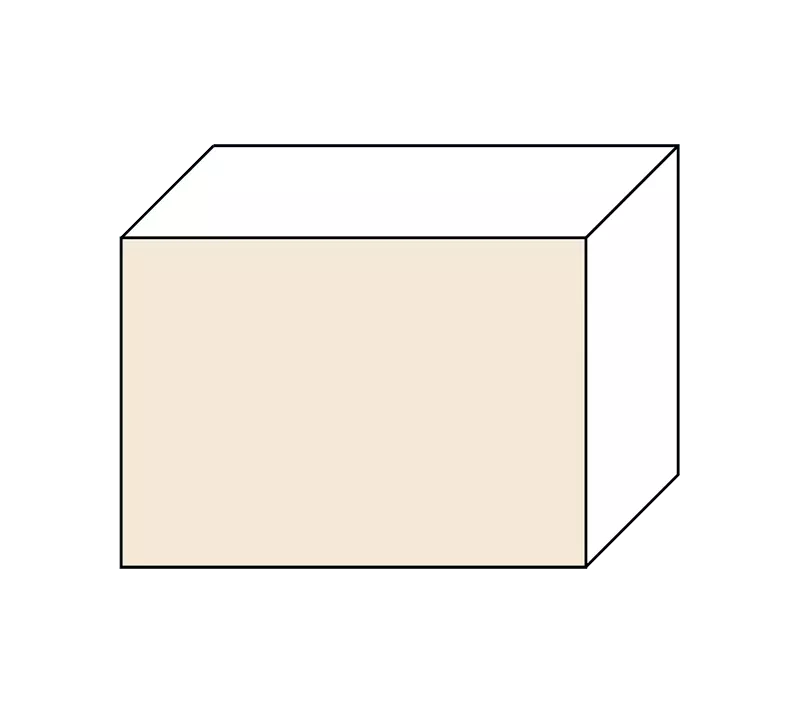
Double Eased
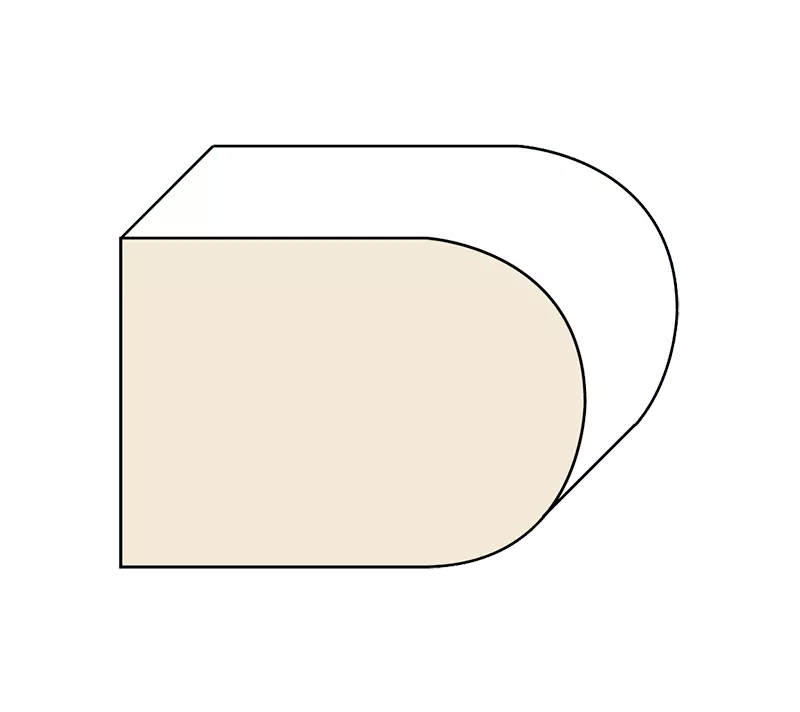
Bullnose
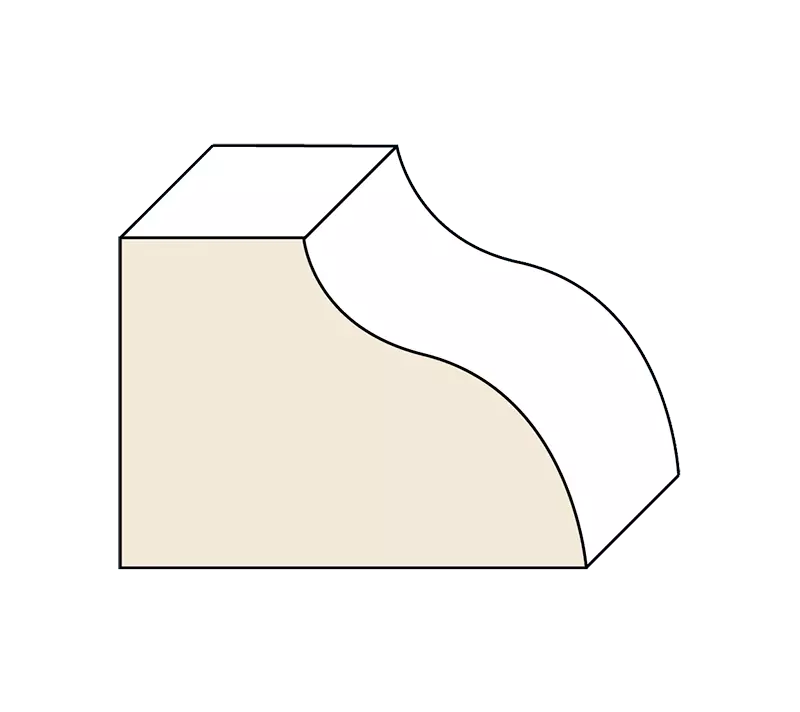
Ogee

MITERED SQUARE
When constructing a new kitchen or bathroom space, you are confronted with a myriad of choices, options, colors, finishes, and styles that might seem overwhelming. One of those is what countertop thickness to choose. In the stone industry, there are 2 primary options, 2cm (3/4”) or 3cm (1-1/4”). Traditionally, 2cm has been used in bathrooms, where strength demands are lower than in kitchens, which have generally been the domain of 3cm. A standard 3cm countertop offers greater value and flexibility in designing a functional space for today’s families.
- By using 3cm stones, edge profiles do not have seams like laminated 2cm edges. This eliminates non-matched laminated edges.
- 2cm laminated edge installation requires plywood underneath the stone to raise the countertops above the drawer opening. In high humidity climates like Houston, the plywood may warp, creating unsightly gaps and expensive repairs.
- Laminated 2cm edge profiles only look thick at the edge. Undermount sink cut outs still show 2cm.
- Fabrication and installation costs are lower with 3cm
Not all stones are available in both thicknesses. But in comparison, utilizing 3cm stone when possible will give the best results for longevity and durability.
